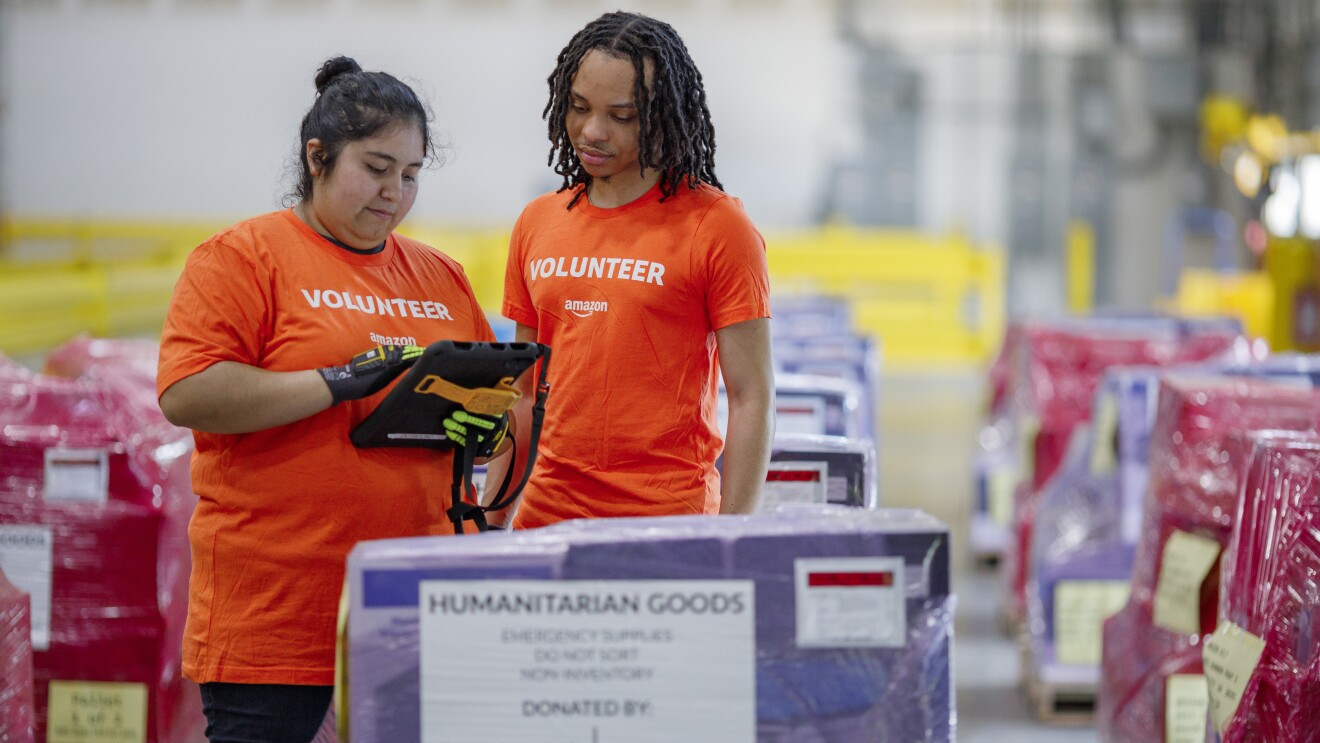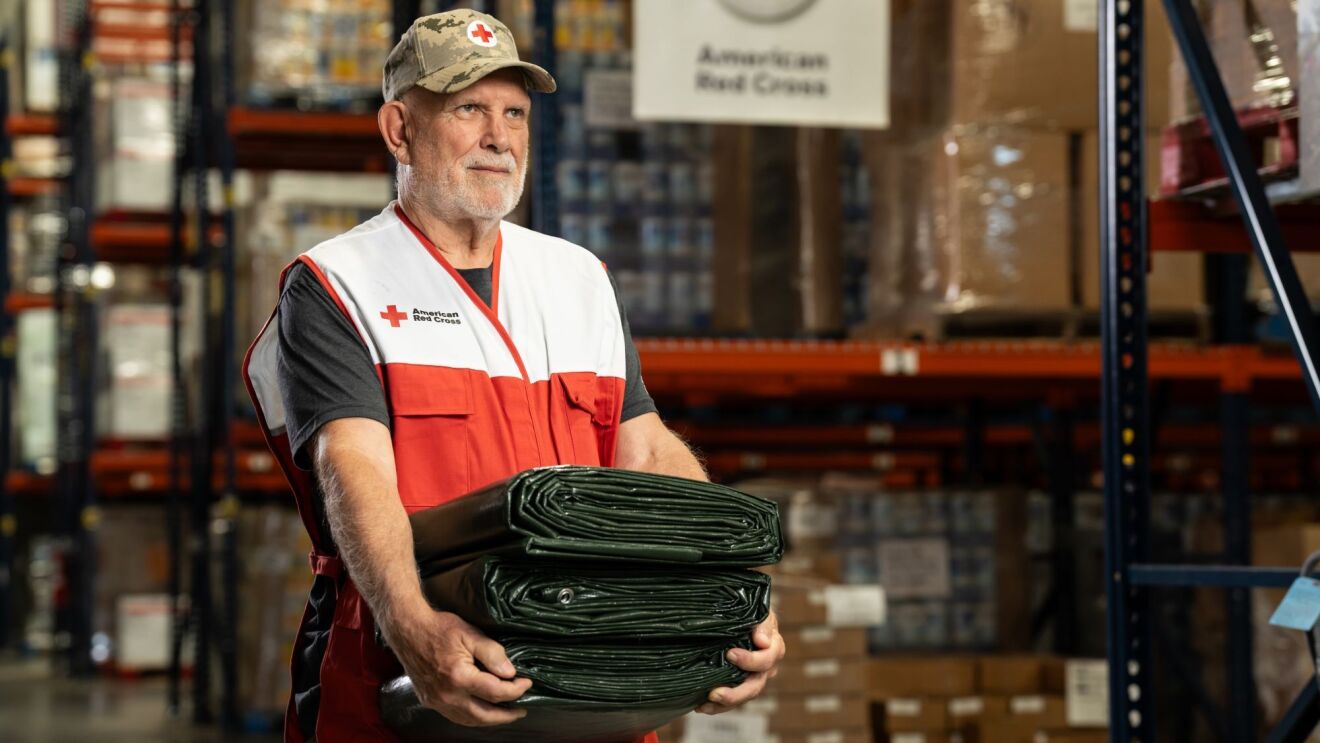Every student in every school should have the opportunity to learn computer science, just like biology, chemistry, or algebra.
That’s the simple vision of Code.org, a nonprofit dedicated to expanding access to computer science in schools and increasing participation by women and under-represented minorities. Code.org is working to collect data about every computer science program in every school across the country in order to improve access to computer science education for all students.
Principal Engineer Drew Samnick and Product Manager Miranda Lewis, both Amazon employees, explain their work and how people can help them map it out.
Last year, Amazon pledged $10 million in cash and in-kind donations to Code.org over the course of five years.
In addition to the monetary commitment, you both spent time working at Code.org, while maintaining employment at Amazon. What were you working on?
Miranda: Code.org is focused on expanding access to computer science education for students across the United States. Drew and I worked on the Computer Science Access Report. This project aims to gather data about computer science programs, or lack thereof, at every single school across the country. It is the first study of its kind due to its massive scale. As a product manager, I worked with the engineers to manage the tools needed to collect this type of data from over 133,000 schools and to understand what the data means. Right now, only select people have had access to computer science education from a young age. Imagine what we could dream up if everyone had access to a computer science education.
Drew: At Amazon, I am a principal engineer working on supply chain optimization in Operations. In my six months at Code.org, I built the tools to collect, process, and report on this data. It was really important to me to think about making these tools reusable and self-sustaining. As I built these tools alongside the engineers at Code.org, I consistently thought about how the tools would continue to be used year after year and how to minimize the maintenance to keep them running.
We can also make sure schools and educators are equipped to teach their students how to program computers, not just how to use them.
Miranda Lewis
Why is this school mapping project in particular important and what do you hope it accomplishes?
Miranda: We don’t know how many schools currently teach computer science, and more importantly we don’t know which schools don’t. There are already a lot of organizations out there working to help schools offer computer science, but those organizations need to know which schools need support and this map will provide that for the first time.
Putting this data on a map and combining it with what we know about the school’s population, lets us see whether access to computer science courses are concentrated in wealthier schools or schools that are less diverse, and will help us bring access to the schools that need it most.
Additionally, there is currently an inclusion problem when it comes to computer science education. If we keep concentrating resources on the same types of schools and the same types of students, we’re going to keep having more of the same. If we work to give every child access to computer science and consciously work to reach the types of students who haven’t had access in the past, we can fix that.
We can also make sure schools and educators are equipped to teach their students how to program computers, not just how to use them. This will also ultimately support the much-needed pipeline for workers who are well versed in computer science.
01 / 03
Drew: At Amazon, we talk a lot about thinking big. Code.org gets that. This project is just one piece of the larger puzzle of making computer science available to all students in all schools and I’m just really glad I got to be a part of it. I have two daughters, and I want them, and any other student in their class or across the country, to have the opportunity to study computer science.
At Amazon, we need to represent customers all around the world and right now our education pipeline does not completely support that. I hope this study helps us shift towards computer science access for all students.
Why is STEM education personally interesting to you?
Miranda: I grew up not having much interest in STEM at all, and no one encouraged me to try it. After I graduated college, I worked for a social enterprise start up in Kenya. We were a very small staff, and they needed someone to run their operations technology.
I picked it up and really liked it. I liked how it was operational and logistical, but was also a space to be creative. I wish I had learned at a younger age that STEM is deeply creative. That is why I feel so strongly about all students having access to STEM education starting at a young age.
Understanding technology has become a basic skill for all kinds of jobs. We shouldn’t think of computer science as a special skill that only a few, lucky students should learn. We should think of it like a basic literacy that everyone needs to understand the world around them.
Drew: I’ve always been interested in STEM. I really like how it involves logical reasoning. But, I also like how I can be creative and design something out of nothing. My mom was always terrified of computers – she thought they were magical, and as a regular person, she could never figure them out.
Giving people the resources and empowering them, especially students, to understand even the basics of computer science, would open up so many options and opportunities for them down the road. It would help demystify the whole field.
How you can get involved
Code.org reports that computing jobs are the number one new source of wages in the United States, and that at this moment, there are over 500,000 open computing jobs. Your quick contribution can help eventually narrow this gap.
The Computer Science Access Report is still collecting data for every school across the country. To support this study, please fill out this quick survey, or pass it along to the past or present educators in your life so that someday all students have access to a robust computer science education.
Trending news and stories












